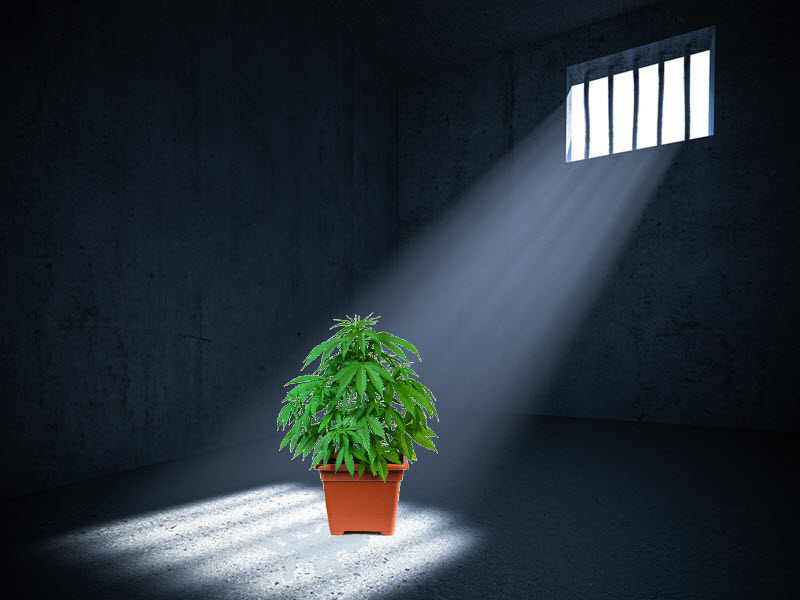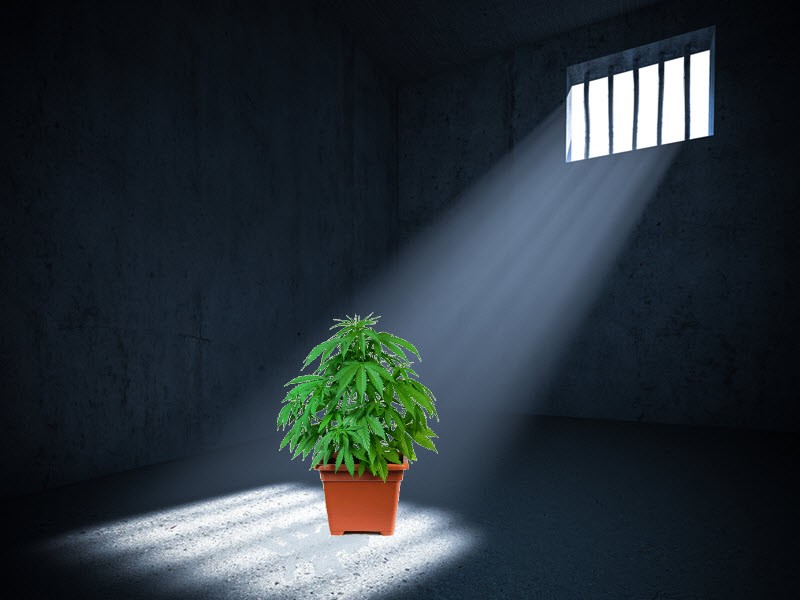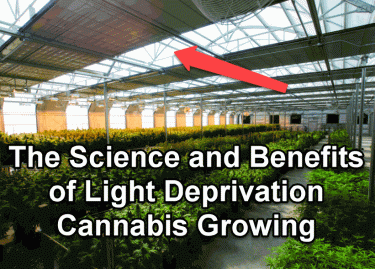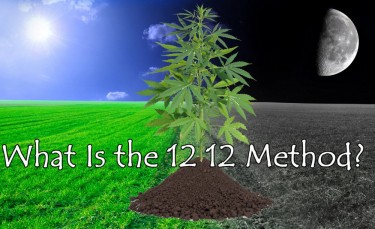Light Deprivation Crops Explained - How to Make your Own Low-Tech Grow!

https://weatherport.com/about-light-deprivation/
Today we’re talking about maximizing cannabis production for yearlong cultivation. For cultivators, this term might be “new” but the technique is very common.
Being a cannabis writer and a cultivator, I have long understood that light periods play a vital role in switching cannabis from vegetative to flowering stage, but the term “Dep Crops” or “Light Dep Crops” haven’t been made known to me until recently.
At first I thought, “is this some new and amazing technique I haven’t heard about yet?” and when I investigated further I found it was a mix of both.
In this article we’ll be exploring “light Dep Crops” in a bit more detail and check out different levels of “grows” available.
If you’re a home grower – you’re cultivating “light dep” crops at the moment, unless of course you’re cropping out according to the season.
Another reason I’m talking about Light Dep Crops is because it is creating issues in places like California, where an over production of cannabis is currently plaguing small scale farmers.
The basics of cannabis cultivation – but on a corporate plane!
Plants like cannabis are extremely light sensitive. This gives growers the ability to trick cannabis plants to flower much quicker. Where outdoor farmers have one major crop per year, Light Dep Crops can have up to four major harvest per year.
I have spoken about creating a “conveyer belt system” years ago where, if timed correctly, you can be harvesting small crops every month. It takes about six months to establish the cycle but with proper planning, you can have a monthly crop without a problem.
In California, many of these Light Dep Farms are beginning to pop up, which is reducing the cost per pound.
These thin margins is what is creating the issues for the traditional outdoor cannabis farmer.
So what are these light dep farms? Essentially they are controlled cannabis grow facilities where the light cycles are artificially being manipulated to speed up crop cycles.
Like I said – nothing “new” save perhaps the term in relation to cannabis crops. As for light cycles it’s simple. 18-24 hours of light for vegetative and 12 hours for flower.
Different Styles of Light Dep Cultivation
Let’s start with a low-tech approach first. One of the most accessible Light Dep Cultivation areas you can get are the “Hoop Houses”.
These are typically built with PVC pipe, rebar and a bit of wooden planks. Then, a thick black tarp is draped over the structure. This allows you to control the light, but you are still required to manually move the tarp.
Of course, on a commercial scale this wouldn’t make too much sense but for home cultivators who would like to use sunlight but also have the ability to play around with the light cycles – this is a stellar choice.
One problem however is durability. Hoop houses are known to require frequent repairs, and thus – perhaps if you’re planning on cropping out several times, you will need something a bit more “robust”.
Entry Level Greenhouses
The next level up is your typical green house. These can be purchased and does requires some assembly, but they are far more sturdy than a hoop house.
If you were to spend more on materials with your Hooped House, you could pretty much match this design. There are plenty of different models available and depending on your budget, this could be a great “done-for-you” approach to growing.
Once more, there is a manual aspect to this – meaning that unless you install your own lighting system, you’d still be required to manually block out the sun.
Nonetheless, you could start with a basic structure and beef it up over time.
Fully Automated Grow Houses
This is what the industry typically uses. A fully engineered grow house with automated lighting, heat, water, etc.
While this produces some of the best weed, considering that you have full control over all the elements within the grow house, it’s also the most energy dependent.
Nonetheless, these engineered marvels are adapted to your specific growing site, meaning if you get snow – it will be built to resist the cold and maximize heat preservation.
This is the best automated solution for industrial growing.
Wait a minute…what about grow tents?
If you’re a grower, you’re familiar with “light deprivation” and many of you have build your own grows. In fact, grow tents is the exact same thing – just for individual cultivation.
The thing is, if you understand the principles of growing weed – you can retrofit any area to become a “light deprivation room” and with technology like Arduino and Raspberry Pi, you can automate all of your processes and link it up to your phone.
A business opportunity
As cannabis goes more commercial everyday – there will be a rising demand for these “light deprivation grow houses”. If you know how to wire things together, how to properly insulate and irrigate, you can make a lot of money becoming an engineer for these types of endeavors.
There is going to be a rising demand for people with this particular skill set so if you’re looking for a cannabis-adjacent market to break into – this could be it!
The Sticky Bottom-line
It’s always funny to me when I read things that make me scratch my head only to realize it’s something I’ve known about for a long time. Light Dep Crops – something you’re bound to hear come up more in the near future – is just a regular old cannabis crop that is being grown in a controlled environment.
Nonetheless, with the rise in interest in these grow options – there’s a lot of opportunity within the market to establish your brand.
If you build it…they will grow!
MORE ON LIGHT DEPRIVATION, READ THESE..
LIGHT DEPRIVATION GROWING, HOW DOES IT WORK? CLICK HERE.
OR..
WHAT IS THE 12 12 GROWING TECHNIQUE? READ THIS!








